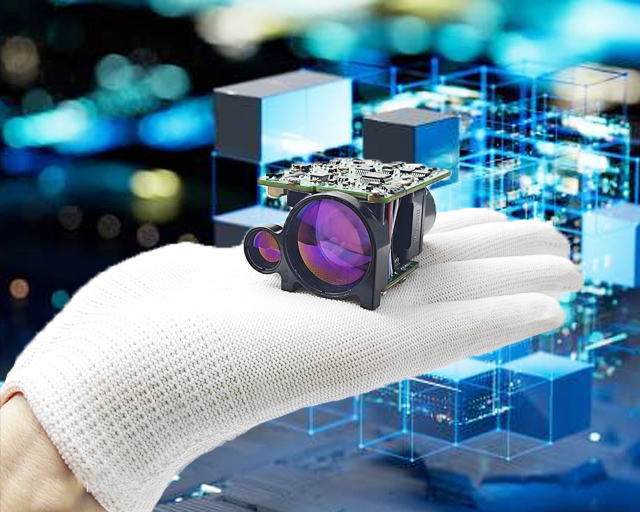
Call Me
+86-29-8450-3191
Email
sunny@eyoungtec.com
The laser rangefinder module is a high-precision measurement tool that calculates the distance between an object and the device by emitting a laser beam and receiving the reflected light. Compared to traditional measurement tools, laser rangefinder modules can effectively operate in environments requiring long-distance and high-precision measurements. They usually consist of a laser transmitter, receiver, and related processing circuits.
Enhanced Portability
As the application scenarios of laser ranging technology continue to expand, the demand for the portability of devices is also increasing. The lightweight nature of laser rangefinder modules can significantly reduce the overall weight of measuring equipment, making it easier to carry. For example, in outdoor sports, aerial photography, and military fields, carrying heavy equipment greatly affects operational convenience. Compact laser ranging modules can reduce equipment weight and enhance portability, allowing users to measure more flexibly and efficiently.
Space-saving
In small devices or embedded systems, space constraints are a primary consideration in design. The compact design of laser rangefinder modules allows them to be easily integrated into various compact devices, especially suitable for applications in drones, smart glasses, and sports measuring instruments. By minimizing the module size, integration density is improved and greater freedom for innovative design is provided.
Reduced Power Consumption
Lightweight and compact laser rangefinder modules typically use advanced low-power circuits and materials to improve efficiency, thereby reducing energy consumption. Lower power consumption enables these modules to operate for longer periods in applications requiring extended operating times. For instance, in field exploration or aerial photography missions, long-duration work often relies on battery power. Low-power modules can effectively extend battery life and reduce the need for frequent charging.
Improved Response Speed and Operational Convenience
The small size and generally high integration level of laser rangefinder modules make the operating system more compact and efficient, reducing response time. In scenarios requiring quick and precise data acquisition, the lightweight and small module can quickly complete measurement tasks, enhancing operational efficiency. Furthermore, its compact design is more suitable for handheld devices, allowing users to operate the equipment more accurately and conveniently.

Drone Ranging
During aerial photography and mapping missions, drones typically require multiple sensors for measurement. The lightweight design of laser ranging modules makes them an essential component for drones. Due to the small size and light weight of the laser ranging module, it optimizes the flight stability and endurance capability of drones, while also providing precise ground distance data to help drones autonomously avoid obstacles and precisely locate positions.
Smart Glasses and Sports Equipment
With the popularity of smart glasses and sports equipment, the compact and lightweight nature of laser rangefinder modules has become a key factor in enhancing user experience. In smart glasses, laser rangefinder modules can be used for rapid distance measurement and provide Augmented Reality (AR) experiences; in sports equipment, these modules can help athletes quickly measure distances, providing precise training data to improve sports performance.
Autonomous Driving and Robots
Autonomous vehicles and robots have very high requirements for precise distance measurement. The compact structure and high reliability of laser rangefinder modules help these devices achieve accurate distance detection and environmental perception. The small size of laser sensors allows easy integration into autonomous driving and robotics systems, providing more precise sensing capabilities while ensuring that the overall device weight does not affect system performance.